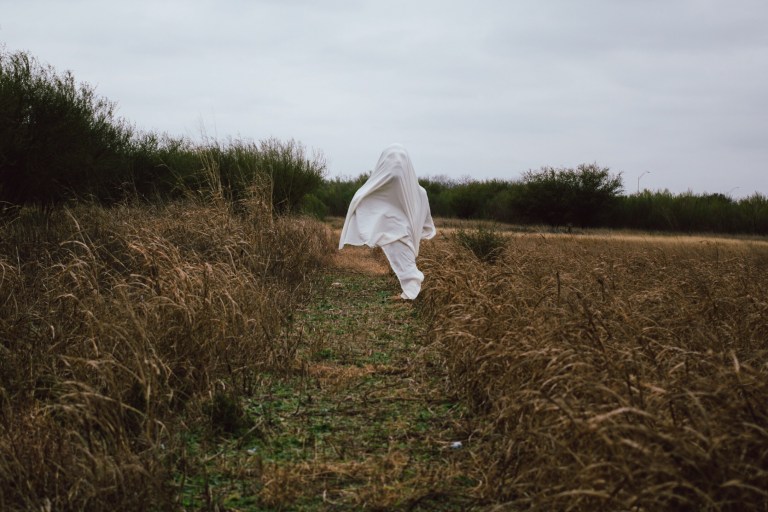5 Shocking Hazing Stories That Ended In Tragedy
On Feb. 2, 2017, Piazza, 19, fell down a set of stairs with a BAC of almost .40. Two days later, he succumbed to his injuries, which included a collapsed lung and brain injury. Eight members of his fraternity, Beta Theta Pi, were charged with involuntary manslaughter in connection to his death.
By ![]() Elise Torres
Elise Torres

In November, two major universities dealt serious blows to their respective Greek organizations. Ohio State University canceled all recruiting activities, and Florida State University indefinitely suspended all fraternities and sororities.
The cause: allegations of hazing, alcohol abuse, and the death of a pledge. College hazing is not a new phenomenon. Wikipedia actually maintains a list of reported hazing deaths in the United States, and the earliest recorded victim was John Butler Groves in Kentucky in 1838. But the difference between then and now is that hazing deaths are alarmingly more common.
There were nine recorded hazing deaths in the entire 19th century. Meanwhile, there have been 18 recorded deaths since 2010—and counting. A shocking 55% of college students experience hazing, and 95% of hazing victims do not report it. This is a systemic issue that isn’t limited to Greek life; in reality, hazing exists in varsity athletics, recreational clubs, honor societies, and other spaces otherwise intended for personal or professional growth.
Here are five recent deaths that reveal how troubling and pervasive hazing truly is.
1. Andrew Coffey, Florida State University
On Nov. 3, 2017, Coffey, 20, was found unresponsive. He had attended a house party the previous night, and he was pledging for the Pi Kappa Phi fraternity at Florida State. His official cause of death is unknown, but police reports found indications that alcohol was involved. The subsequent investigation led to the indefinite suspension of all fraternities and sororities on campus.
2. Maxwell Gruver, Louisiana State University
Gruver, 18, was pledging Phi Delta Theta when he allegedly participated in a drinking game hazing ritual on Sept. 14, 2017. He later died of acute alcohol intoxication with aspiration after consuming the equivalent of 24 shots of alcohol.
3. Tim Piazza, Pennsylvania State University
On Feb. 2, 2017, Piazza, 19, fell down a set of stairs with a BAC of almost .40. Two days later, he succumbed to his injuries, which included a collapsed lung and brain injury. Eight members of his fraternity, Beta Theta Pi, were charged with involuntary manslaughter in connection to his death.
4. Raheel Siddiqui, Marine Corps Recruit Depot Parris Island
Gunnery Sgt. Joseph Felix hazed Private Siddiqui, 20, on multiple occasions by ordering him to enter an industrial clothes dryer and turning it on. On March 18, 2016, Siddiqui died after running away from Felix and falling down a 40-foot- high stairwell.
5. Trevor Duffy, University at Albany
As part of a pledging ritual for Zeta Beta Tau, Duffy, 19, participated in a pledging ritual that involved consuming a handle of vodka. He died on Nov. 17, 2014, with a BAC of .58. In a subsequent investigation, 19 members of the unsanctioned fraternity were charged with drug, alcohol, and student group violations. In a column for the New York Times, contributor Frank Bruni called for schools to dissolve and diminish the presence of fraternities. This might be an overstep; a number of Greek organizations provide important opportunities for professional and personal development, provide housing, and contribute to charitable functions.
Rather than eliminating fraternities altogether, FSU president John Thrasher called for a larger culture change—and the responsibility for students to create it.
“I want to send a message that we’ve got a serious problem and we need to deal with it, and they’re part of the solution,” Thrasher said in a story on CNN. “And the sooner they can come to the table and we can all talk and find those solutions, the sooner this will be lifted.” ![]()



